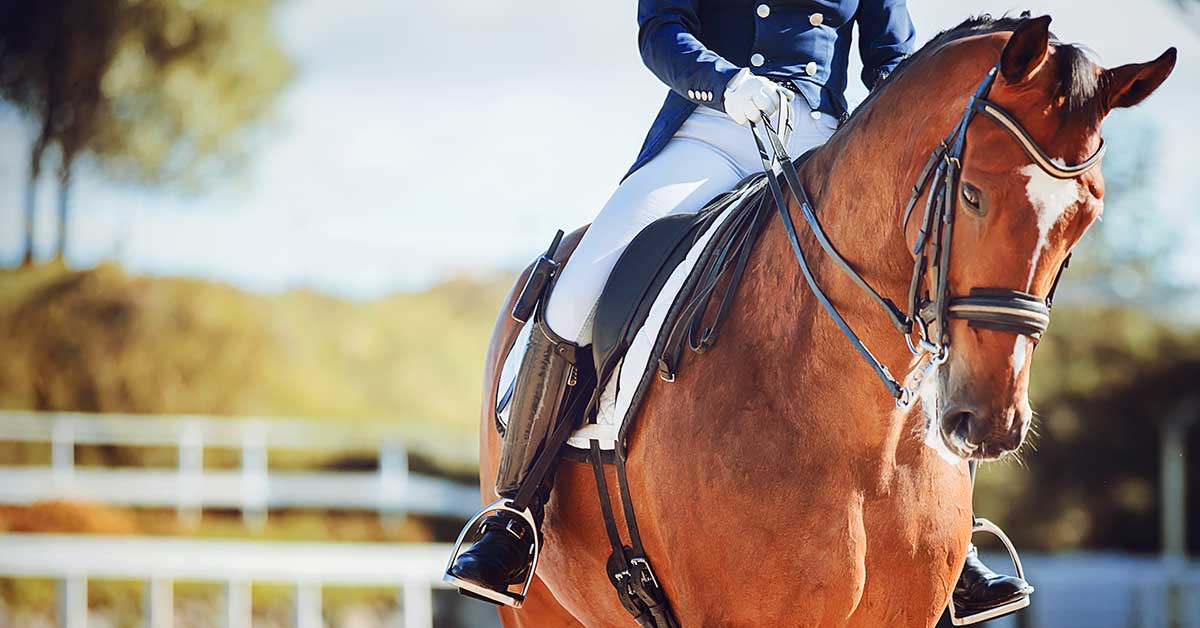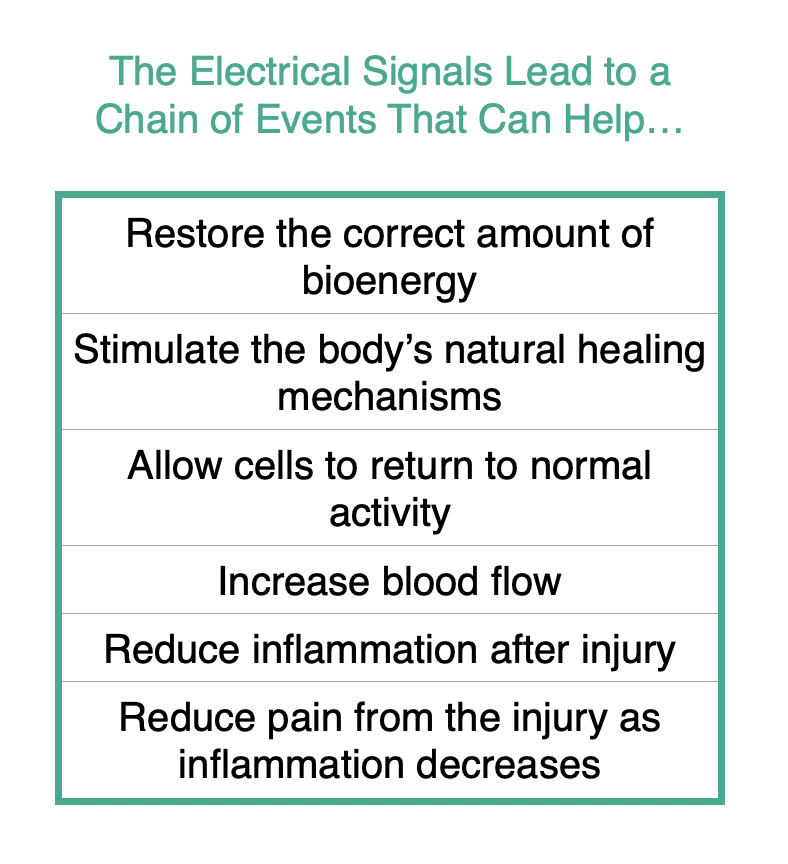
As a horse owner or enthusiast, you know firsthand the magnificence of these creatures and how upsetting the thought of severe tissue damage is.
Horses are highly valued for their beauty, strength, and agility, so ensuring their health and safety is a top priority for all who cherish our equine friends.
But despite that, common horse injuries relate to joints, tendons, and ligaments, as seen in our equine case work. But unfortunately, horses can also sustain severe tissue damage to their heads. This is not only painful and uncomfortable but can also be life-threatening.
In this article, we’ll discuss:
- Head injury complications in horses
- The use of Equiscope protocols for equine therapy
- Helping tissue damage and facial paralysis to start healing via Equiscope therapy
Head Injury Complications in Horses
Facial paralysis is always a potential complication of head injuries, even in humans! It often results from:
- swelling of the facial nerve that transmits signals from the brain to the facial muscles
- damage to the brain area that sends signals to the facial muscles
The former was most likely the case with our equine patient.
This was a rope horse who sustained severe tissue damage to his head and suffered facial paralysis after getting his head wedged in a gate overnight. He was trapped for some time.
When rescue arrived, he had:
- trauma to the right eye, which was scraped and swollen shut
- multiple lacerations on the face
- severe swelling below the left ear base, continuing behind the temporomandibular (jaw) joint and caudal to the ramus
- significant paralysis to the left upper and lower lips
You can imagine the horror the rescuers felt.
Severe injuries, inflammation, and paralysis call for urgent care! With tissue damage, cellular functions are operating at less than par and need help.
Recovering from Severe Head Injury and Facial Paralysis with Help from Equiscope Therapy
Due to the owner’s time limitations, our equine patient only had a day and a half of sessions and therefore only three Equiscope protocols:
- Protocols 1 and 2: probes used on all frequencies
- Protocol 3: plates placed on the governing vessel, and a roller along the jawline on all frequencies
 The Equiscope delivers a non-invasive and drug-free therapy via an intelligent pico/microcurrent input to specific points on a horse’s body.
The Equiscope delivers a non-invasive and drug-free therapy via an intelligent pico/microcurrent input to specific points on a horse’s body.
To do this, the technician uses probes, cylinders, plates, or rollers. The amount of input and method are customized based on
- the horse’s specific condition (the impedance in the cells) and
- the location of the injury.
The electrical signals lead to a chain of events that can help:
- Restore the correct amount of bioenergy
- Stimulate the body’s natural healing mechanisms
- Allow cells to return to normal activity
- Increase blood flow
- Reduce inflammation after injury
- Reduce pain from the injury as inflammation decreases
Together with a dex shot, the horse’s pain was successfully managed, and the swelling considerably reduced. Fortunately, X-rays also showed the absence of any structural damage.
Equine Improvement with Equiscope Therapy
The Equiscope protocols effectively helped the horse’s recovery from severe tissue damage to its head – as illustrated by the remarkable results in this case study:
Within only one day, the patient was able to open his eye. Within three days, the paralysis subsided!
Intellbio is the sole global distributor of the Electro-Equiscope. But there are many skilled practitioners and technicians using it for equine injuries. Contact us today for more information.
